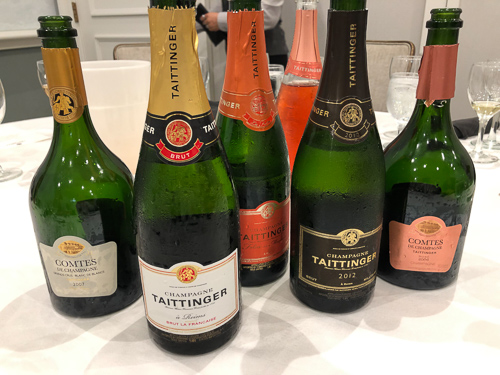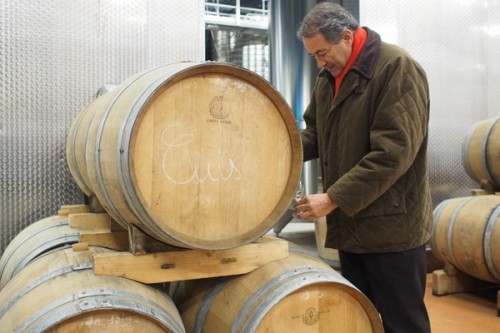
Day two in Champagne began at Bruno Paillard, someone who I have featured on this site before (here and here). Bruno began with an interesting statement: ‘The true richness of Champagne is the poverty of its soils and the poverty of its climate,’ a comment that was prompted by just how freezing it was, even at the end of April.
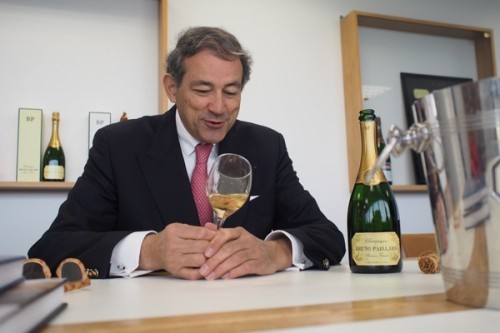
‘You will see plenty of old buildings and kilometres of underground cellars,’ he told us, regarding our upcoming appointments. But, he pointed out, there are particularities about Maison Bruno Paillard. ‘Like any maison the name on the label is the name of the founder,’ he stated, ‘and here it is also the name of the owner of the nose who creates the Champagnes.’
Bruno has a very sensitive nose, and it is this he uses in blending his Champagnes, not his palate. He doesn’t taste the vins clairs, but instead selects them by careful nosing. He took us through a range of still wines from 2015 which will soon be blended.
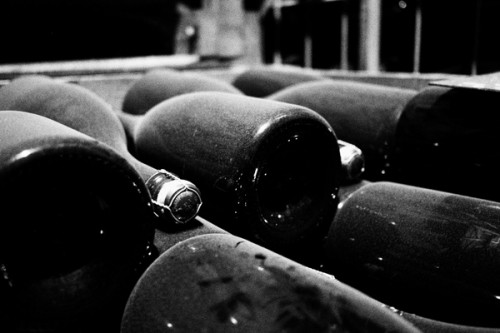
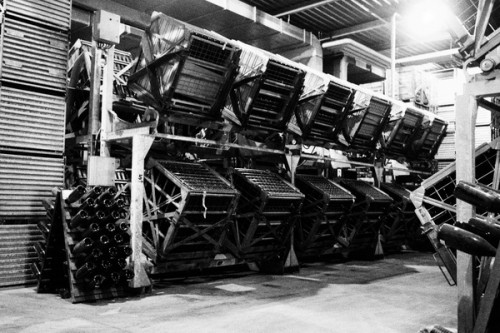
For a Champagne house, Maison Bruno Paillard has a lot of vineyards. All the money he has made since he started the house in 1981 has been ploughed back into buying parcels of vines in good sites: he now has 32 hectares in 89 parcels, from 14 crus – this is enough for 60% of his requirements.
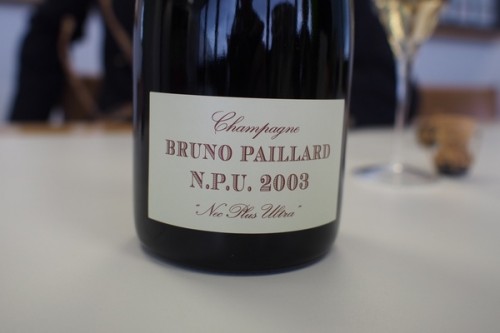
Half of sales of this house are the NV blend, called Première Cuvée, which, like all the wines here is an extra brut. The one we tried is a really attractive wine with subtle toast and refined white peach, pear and citrus fruit. We also looked at the Nec Plus Ultra, Paillard’s top cuvée, from the 2003 vintage. This was a very tricky vintage with April frosts wiping out a lot of Chardonnay (this buds earliest), and then a super-hot summer leading to a very early harvest. Yet, by careful site selection, Bruno has managed to produce a remarkable, complex, textured wine of real profundity – albeit in tiny quantities (4200 bottles).
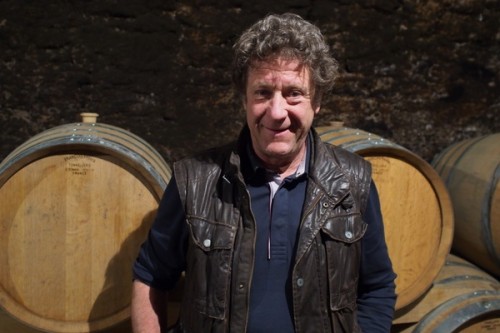
The next visit was a lovely one, with one of Champagne’s true super-stars – Anselme Selosse. Selosse is singular in his approach: everything is fermented in wooden barrels (although there are a couple of terracotta vessels in the cellars which were used for the first time in 2015). The juice goes from the press to barrel, and then ferments naturally before the second bottling. The juice goes to the vats for settling after pressing (this is a requirement), but afterwards he resuspends the solids and the resulting cloudy juice goes to barrel with nothing missing.
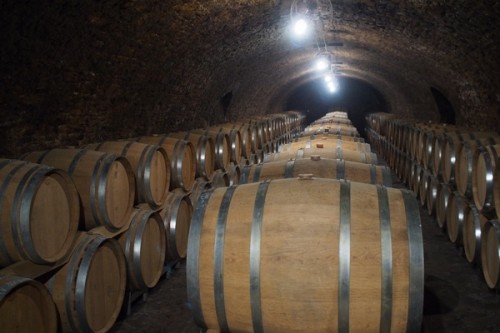
Selosse – uniquely, I think – stores some yeast from the first fermentation, freezes it, and uses it in the second fermentation in bottle.
He believes in minerality. He explained that the plant takes in mineral salts and water, and then photosynthesis creates organic matter. ‘I want a mineral product,’ he said. His goal in winemaking is to transform the organic material in the grape juice into mineral. He illustrated this by taking a bit from his cigarette packet and burning it. ‘After the organic parts burn the rest comes from the soil,’ he explained. ‘I am left with the mineral part.’
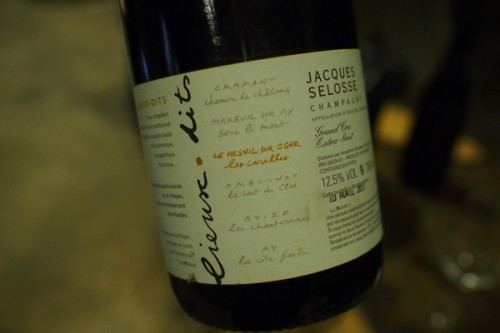
For Anselme, what really matters isn’t the smell, which changes quite a bit, but the feel of the Champagne in the mouth.
The wines are truly astonishing. Initial (a blend of 2009, 2008 and 2007) is mineral and intense; VO (9, 8, 7 again) is utterly breath taking with a lovely hint of bitterness and a linear, mineral character; Les Careilles (blending 2003 up to 2009) is structured, savoury and gastronomic; Sous Le Mont from Mareuil sur Ay (blending 04 to 09) is mineral, muscular and with a tart bitterness from the high magnesium; vintage 2005 is another astonishing wine; 2002 is beautifully keen and lemony; and 2003 is attractive and interesting but struggles to throw off the shackles of this vintage.
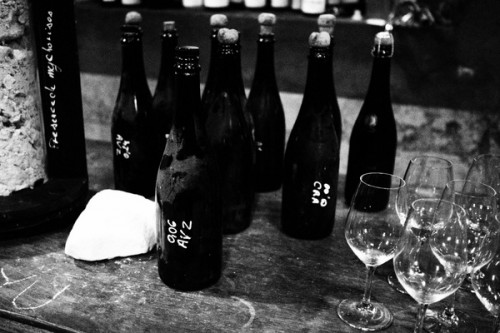
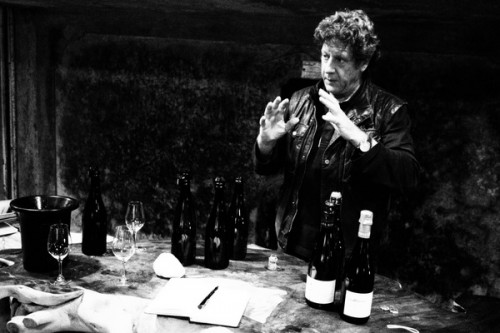
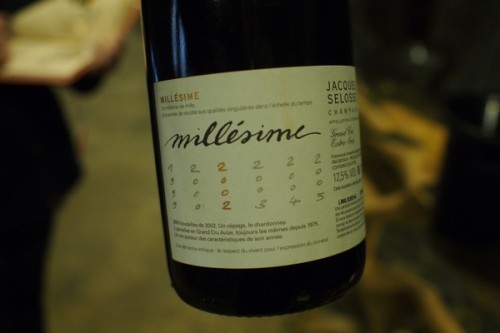
The final visit of the day was at Gosset. Gosset is a Champagne house that still manages to appeal to geeks who’d normally be running after grower Champagnes. This is because of the style of their wines, which is very linear and pure. No oak is used here. Production is around one million bottles, so they are not very small but not very large either.
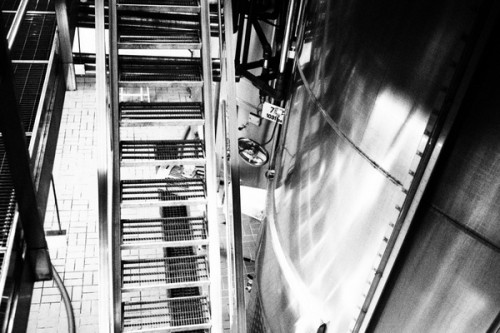
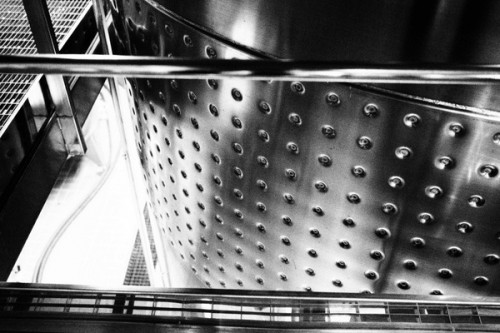
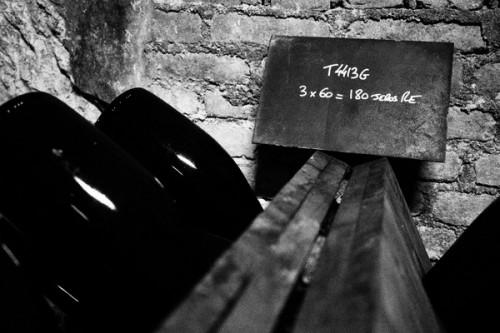
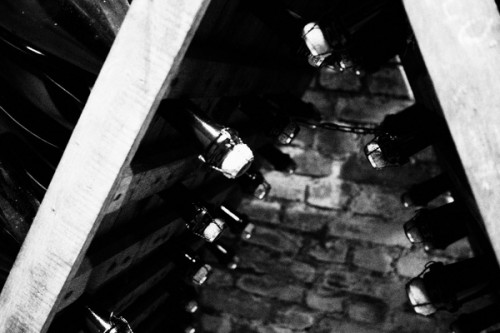
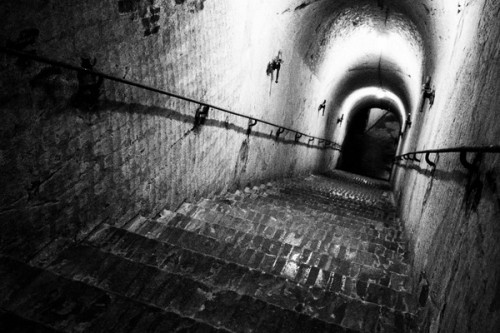
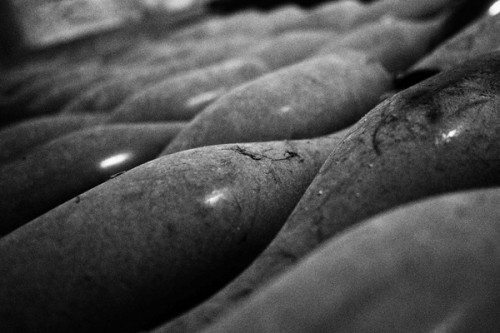
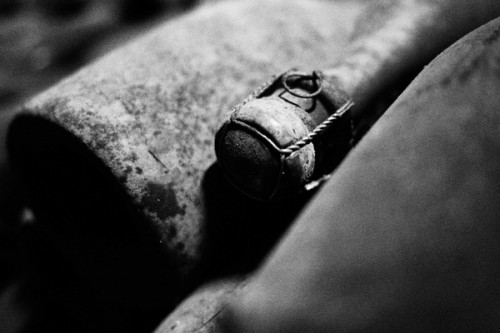
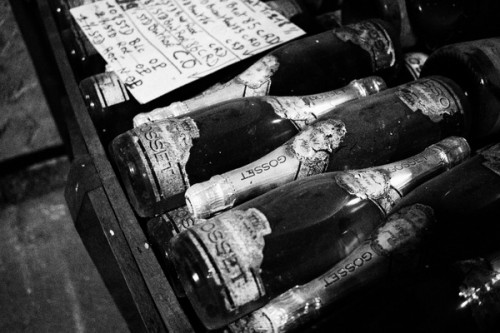
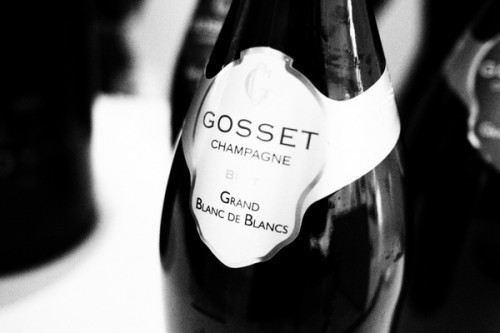
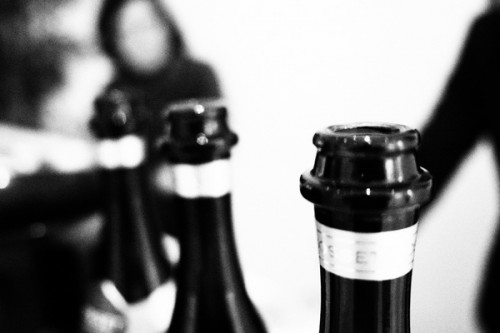
The core of their range is a trio of non-vintage blends, which are the face of Gosset. There’s the Grande Réserve NV, which is a blend of all three main varieties and which shows well balanced cherry and citrus fruit with nice tension. Then there’s the pale, delicate Grand Rosé Brut, and finally the excellent Grand Blanc de Blancs. This is relatively new: Gosset relocated to Epernay from Aÿ a few years ago, and their previous home indicates that the emphasis used to be more on Pinot Noir than Chardonnay.
Then we tried a new product: 15 Ans, which is the minimum age of the wine in this bottling (it’s actually 17 years old). This is taking a spirits approach to Champagne, and this wine was originally laid down in the late 1990s. It’s intense, concentrated and lively with high acidity and a chalky, grainy savouriness.
Leave a Comment on In Champagne, day 2: Bruno Paillard, Selosse and Gosset